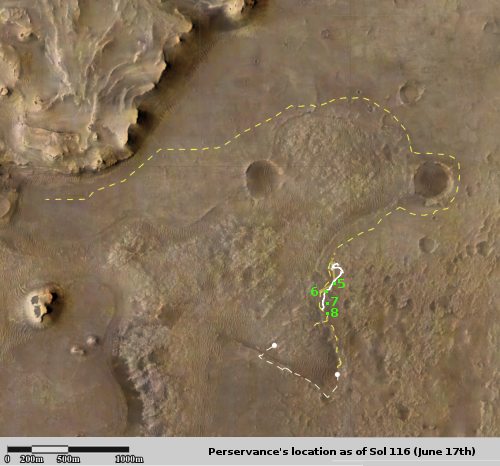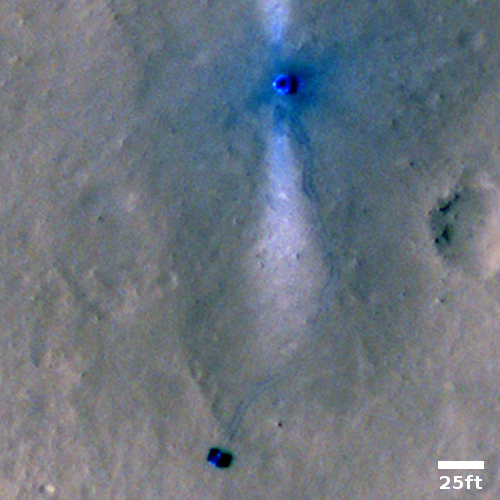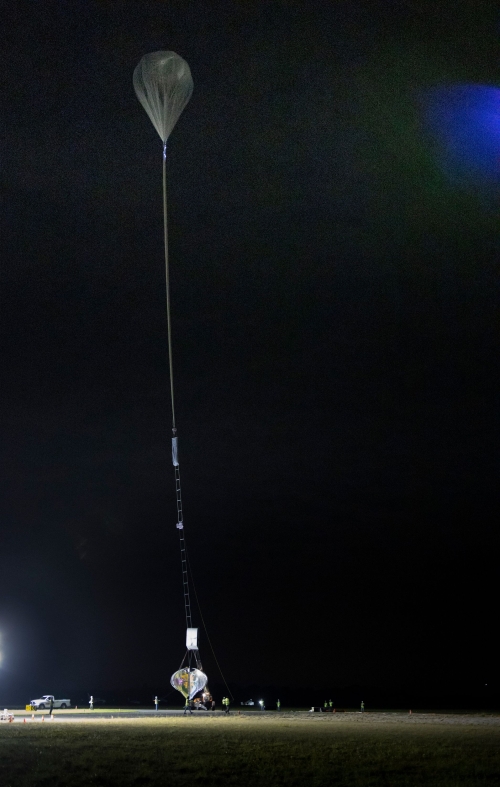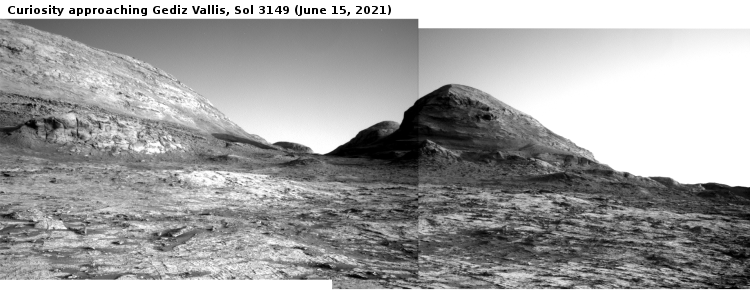Link here. The article starts off outlining Russia’s deepening inability to produce the computer chips it needs for its space effort, acerbated by sanctions imposed against that country because of its invasion of the Ukraine. It then goes on to describe the program’s overall financial problems, including its shrinking commercial market share resulting in a significant drop in income.
The article’s conclusion is stark:
If Moscow is unable to reach a new space deal with Washington, it will need to reconsider its space policy. But Russia has little wiggle room to increase federal spending on space activities to boost the industry. For instance, the government’s space program for 2016–2025 received $11.1 billion in 2016–2020 and will obtain another $10.2 billion in 2021–2025. The federal program for launch sites (2017–2025) secured $1.4 billion in 2017–2020 and will take in a further $2.83 billion in 2021–2025 (Economy.gov.ru, 2016–2021). The 2012–2020 GLONASS program received almost $5.1 billion, and $6.45 billion more is planned for the GLONASS program in 2021–2030 (RBC, December 21, 2020). Thus, without an international cooperation deal, and as long as Western sanctions are maintained, prospects for Russia’s space industry look bleak.
Russia has recently been working to establish a partnership with China and its effort to build a space station and a lunar base. That partnership however is not likely to provide Russia with any cash, which means the deal is an empty one. While China will continue to proceed to the Moon, I doubt Russia will follow with much.
It has also been trying to rework its American partnership, with Rogozin acting alternatively as a good guy/bad guy in public declarations. Since Russia opposes the Artemis Accords, and the Biden administration is continuing the Trump administration’s demand that all partners in the Artemis program agree to these accords, those negotiations are not likely to get Russia much. Moreover, NASA policy today is to feed money to American private companies so that they can grow, not feed money to Russia so that it can prosper.
Until Russia starts allowing free competition and private enterprise, outside the control of Roscosmos and the government, do not expect much of this Russian bad news to change. While China might strictly supervise the goals of its private space companies, it still encourages them to compete and innovate, and even fail. Russia not only strictly supervises, it also forbids any new startups from forming, as they might do harm to already established players. The result is no new innovation, and no new products of any real value.









